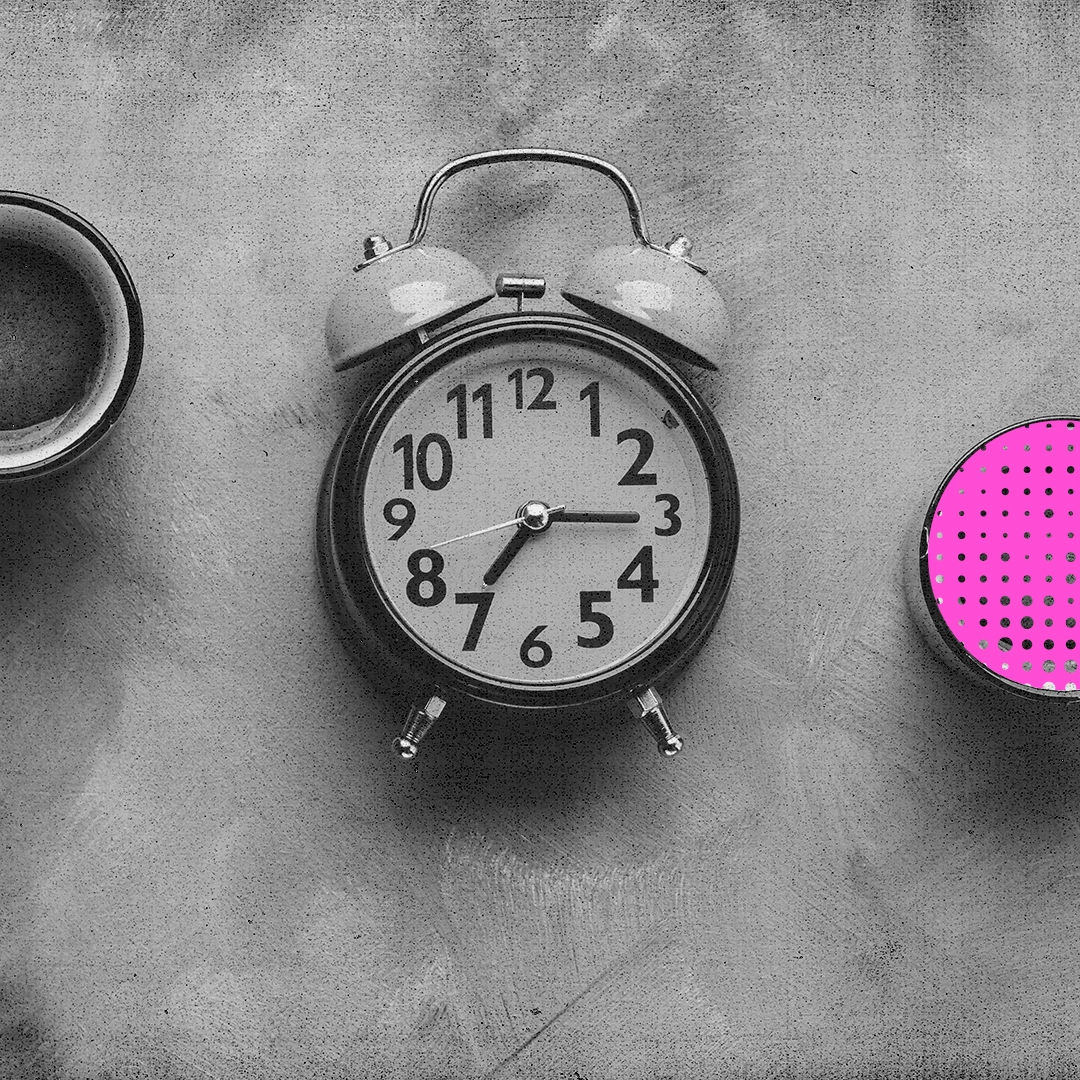This is Part 3 of our series on "The creative industry's relationship with time". If you missed it, read part 2 here.
“Creative freedom is a real carrot.”
Adam McKay, Screenwriter and Director
The carrot versus the stick is an age old analogy for incentivising or coercing a desired outcome.
In the present, I battle with it daily, usually at around 8 till 9pm at night. It starts carroty enough… please can you get ready for bed and we can go and read a book or (more likely) watch videos of ‘guess my fart’ or ‘cats flying through a house and falling off ledges and furniture’. After 20-30 minutes of a charming carrot offensive, the stick may have to come out. Metaphorically, of course, not figuratively! I’m not a monster, although the decimetre may get a workout.
This dance can happen in all sorts of situations. Persevering with the carrot is always better in the long run, but sometimes we just don’t have that long to run.
The timesheet chase
Redirecting to more relevant scenarios, the creative industry’s relationship with time can often be analogised by the carrot and the stick. Unfortunately, it’s the stick that is more likely to play the main character and protagonist. As I write this, I’m already picturing past Account / Studio Managers chasing creatives around the office telling them they can’t leave until their timesheets are up-to-date. Or my COO in New York calling me to chase 3 months of timesheets from my Creative Director.
Micromanaging time tracking? It’s a recipe for stressed-out teams, resentment brewing under the surface, and honestly, and probably a bunch of fudged timesheets. Nobody wins. But if teams can build a culture of supporting time tracking, not policing it, then there’s potential for a much greater upside. Think engaged teams, accurate data (finally!), and a thriving agency.
So how do we ditch the time-cop act and embrace positive reinforcement?
Throw the book at it
The “carrot and stick” analogy comes from behavioural psychology, illustrating the two main ways that behaviour can be influenced:
- The stick forces compliance through consequences
- The carrot is positive reinforcement that encourages people to act in their best interests.
In the context of time tracking, many agencies take a stick-based approach by penalising team members who don’t track their time accurately (or of course, at all).
You may have seen or experienced some or all of the below:
❌ Public shaming or calling out employees in meetings.
❌ Financial penalties or withholding bonuses.
❌ Overly strict policies leading to distrust.
❌ Negative performance reviews tied to time tracking habits.
(All a bit much, if you ask me… but unfortunately, all true stories).
While these tactics may temporarily improve compliance, it’s a dystopian narrative that inevitably creates a culture of fear, disengagement, and even false or inaccurate time entries just to avoid punishment. I mean, you might as well have just hired anyone to do exactly what you say, when you say it. Ha, tempting! But, unlikely to deliver the work we’re chasing.
By contrast, a carrot-based approach rewards employees for good time-tracking behaviours and creates an environment where time-tracking is seen as a tool for success rather than a burden. This could include:
✅ Transparency—helping employees see how time tracking benefits them directly.
✅ Autonomy—trusting employees to track their time in ways that work for them.
✅ Gamification—leaderboards, badges, or rewards for consistent time tracking.
✅ Financial incentives—bonuses for accurate, timely reporting. (Ok, I’ve actually never heard of that one, but shout out if you have!)
Focusing on positives can improve accuracy, morale, and efficiency without making time tracking feel like a punishment. I’ve known Studio Managers to give sweets, lollies, rewards to people doing their timesheets first – but really? I know sometimes they can behave like children… but they’re not ACTUAL children!
Depending on your culture, some of the ideas above may be a good or poor option. I’m not sure I’d go the whole hog with gamification, but I’ve always been a fan of transparency.
What’s in it for me?
Ultimately, for the carrot to work, there’s got to be something in it for the donkey (no we’re not donkeys, that’s just where the analogy comes from)! If I was a donkey, I’d rather have a carrot than a whack on the arse. Of course, I can get bored with carrots, so perhaps you’ll have to spice it up a bit! Sorry, analogy stops here.
Back to the studio and our relationship with time.
We’re back to simple philosophical principles. What’s in it for me? Too often, the assumption is that time is tracked to improve profitability, optimise margins and scrutinise performance. In some cases, I’m sure this is the case. But, there can be a much more compelling reason for doing so.
Ok, prove it.
The positive, more utopian outlook on this conundrum is actively displaying the proof of the benefits for your team. Feel free to use this next section in your next chat, team presentation, Friday retro…the better we understand time, energy and effort:
- The better we can become at planning for appropriate resources in future;
- The more sustainable our profits become;
- The more we can invest back into your development and financial status;
- The more autonomy you can be given on future projects.
For this to work though, there is a keyword in there – proof.
Many a promise is made in the quest for a future of better work-life balance, more time to spend on projects that are meaningful and rewarding, a ‘best place to work award.’ But, the proof must be in the pudding.
For the carrot to win, we have to act and clearly display and communicate that we’ve acted.
- Communicate and connect business decisions like hiring to insights uncovered by accurately identifying resources needed on past projects
- Align revenue or project profitability targets to salary increases or release of (additional) training budget
- Just throw a massive party or take everyone to Bali (more fun, perhaps not as sustainable!)
These links to the rewards seem obvious, but can easily be forgotten or looked over in the day-to-day when it feels like we’re just forever turning to put out the next fire.
One more note on the carrot. Just make sure it’s fresh and crispy. Not the one that fell behind some other ‘thing’ in the ‘fresh’ drawer at the back of your fridge.
More on the way..
















